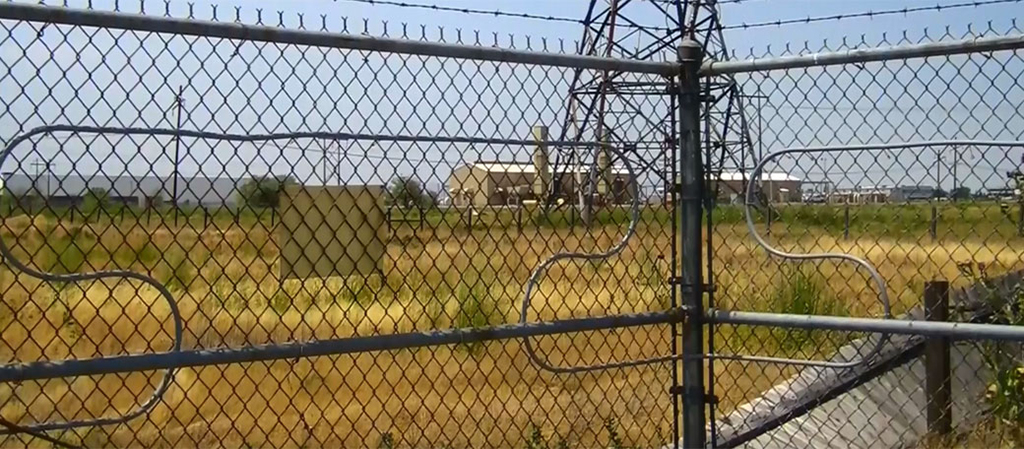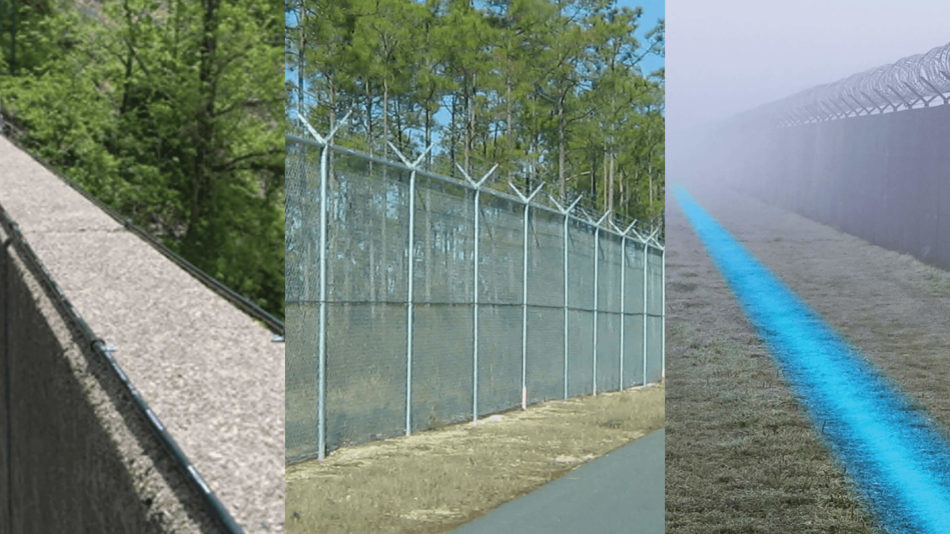How a Fiber Security System Provides Unmatched Dependability and Speed in Security Monitoring
Boost Your Security With Advanced Fiber Optic Protection Systems
In an age where protection is extremely important, sophisticated fiber optic protection systems offer an engaging option for improving security throughout different settings. These systems not just flaunt exceptional data transfer and speed for high-resolution surveillance but additionally provide amazing strength against outside disturbances. As companies significantly look for reliable means to safeguard their assets, the combination of ingenious technologies like AI and IoT within fiber optic structures elevates crucial questions regarding their efficiency contrasted to standard systems. What ramifications do these improvements hold for future safety measures?
Advantages of Fiber Optic Safety
Harnessing the advantages of fiber optic modern technology significantly improves safety systems throughout different applications. Among the key advantages is the enhanced bandwidth capability, permitting the transmission of large amounts of data at high rates. This is particularly vital for real-time video clip surveillance, where high-resolution feeds can be sent out without latency, making sure instant feedback capabilities.
Additionally, optical fiber show remarkable resistance to electromagnetic interference, which is vital in atmospheres with possible signal disturbances. This reliability guarantees consistent efficiency in essential safety procedures. Fiber optic wires are less vulnerable to tapping and unapproved accessibility compared to conventional copper circuitry, consequently enhancing data honesty and confidentiality.
Another notable advantage is the resilience of fiber optic systems; they are a lot more resistant to environmental variables such as dampness, temperature level changes, and harsh substances. This durability translates to decrease maintenance prices and longer lifespans for safety and security setups.
Last but not least, the light-weight nature of fiber optic cords facilitates less complicated installment and transmitting, particularly in complicated facilities (fiber optic security system). Inevitably, the assimilation of fiber optic technology right into safety systems not only strengthens security steps yet additionally enhances functional performance
Key Attributes to Think About
When examining fiber optic safety systems, a number of essential functions must be thought about to ensure optimum performance and effectiveness. Assess the system's discovery array and level of sensitivity; a considerable range permits for checking big areas, while high sensitivity guarantees that even small disturbances are identified promptly.
Following, think about the integration capacities of the system. A fiber optic security system should flawlessly user interface with existing security steps such as electronic cameras and alarms, developing a cohesive safety network.
Longevity and environmental resistance are also vital features. Make sure that the system is made to hold up against rough weather and potential physical dangers, as this will prolong its operational life expectancy.

Finally, look right into the scalability of the system. A robust fiber optic safety system should be quickly expandable to accommodate future demands without significant overhauls. By very carefully thinking about these functions, you can select a fiber optic safety and security remedy that boosts safety and protection in your setting.
Installation Process Summary
To effectively apply a fiber optic security system, a methodical installation process is vital. This procedure starts with a detailed website assessment to figure out the specific protection demands and to recognize ideal areas for fiber optic wires and protection devices. Following this assessment, the setup team will certainly establish a comprehensive plan, including cable pathways, necessary tools, and compliance with regional regulations.
Next, the setup includes laying the fiber optic wires, ensuring they are safeguarded from ecological factors and physical damages. Appropriate handling techniques are important, as fiber optic cords are sensitive and can be quickly harmed. After the cabling is mounted, adapters and terminations are site link carefully completed to make certain signal stability.
The succeeding stage is composed of mounting safety gadgets such as electronic cameras, motion detectors, and alarm systems, all integrated with the fiber optic network. Rigorous screening is performed to validate that all components are working properly and to make certain optimal efficiency.

Comparing Fiber Optic to Typical Equipments
The development of safety and security innovation has led to considerable advancements in the comparison between fiber optic systems and standard copper-based systems. Fiber optic systems make use of light to transfer information, using remarkable data transfer and rate contrasted to their copper equivalents. This leads to enhanced information transmission capacities, making fiber optics perfect for high-resolution video clip security and real-time surveillance.
In addition, fiber optic cables are immune to electromagnetic interference, lowering the likelihood of signal destruction caused by exterior elements. This particular guarantees consistent efficiency, even in challenging atmospheres. In Recommended Site contrast, standard copper systems are much more susceptible to interference, bring about prospective susceptabilities in protection applications.
Durability is an additional advantage of fiber optic systems. They are much less prone to harm from environmental variables such as moisture and temperature level fluctuations, which can jeopardize copper wiring. Fiber optics are lighter and thinner, enabling for less complicated setup and reduced physical impact.
However, standard systems have a tendency to have reduced preliminary prices, making them attractive for budget-conscious tasks. While fiber optic systems might call for a greater upfront financial investment, their lasting benefits-- such as reduced maintenance expenses and greater integrity-- often surpass the initial cost, positioning them as a remarkable selection for modern protection requirements.
Future Patterns in Security Innovation
Arising More hints trends in protection technology are positioned to transform the landscape of security and threat detection - fiber optic security system. As companies progressively deal with innovative threats, advancements such as expert system (AI) and artificial intelligence (ML) are coming to be important to protection systems. These technologies enhance the ability of fiber optic systems by enabling real-time data analysis, recognizing abnormalities, and automating responses to possible violations
Additionally, the assimilation of the Internet of Things (IoT) is changing safety frameworks. IoT gadgets can give extensive situational recognition and promote smooth interaction between various protection components. This interconnectedness permits extra reliable tracking and faster case reaction times.
Biometric verification is likewise obtaining energy, offering a greater level of safety and security via distinct physical attributes. As this modern technology evolves, it is most likely to be integrated right into fiber optic systems for improved gain access to control.
Final Thought
Finally, advanced fiber optic safety and security systems stand for a significant improvement in safety and security and security innovation. Their premium transmission capacity, resistance to disturbance, and longevity assist in reliable surveillance and data integrity. As these systems integrate AI and IoT capacities, they boost the overall protection framework, making sure durable protection for properties. The shift from conventional systems to fiber optic services reflects an expanding fad in the direction of much more efficient and effective security steps in a significantly complicated technological landscape.